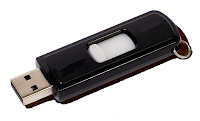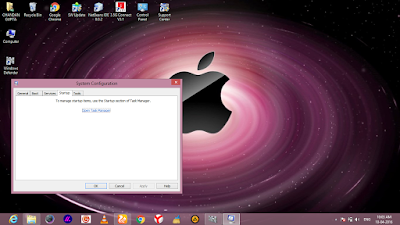Hello guys! Today in this post, you are going to learn how to crack a windows password when you are at log on screen using a windows dvd. This method is very useful when you forgot you old windows password. You can use this simple method to crack the windows password.
For Windows 7 or 8 users:
All you need is a Windows 7 DVD if you want to hack windows 7 password or Windows 8 DVD if you want to hack Windows 8 password.
Step 1: Insert your Windows DVD and boot from your windows installation DVD.
Step 2:You will see a window like the one below. Click Repair your computer.
Step 3:Choose the operating system and click Next.
Step 4: After a while a screen like the one shown below will be displayed. Click on Command prompt link.
This will open a command prompt window.
Step 5: Execute the two commands below in order:
ren sethc.exe sethc_back.exe
copy cmd.exe sethc.exe
Step 6: Now restart your computer. After restarting press the left-Shift key five times quickly when see the logon screen.
Step 7: This will pop up a CMD window with the administrator privileges.
Step 8: Now you can change password using net user command. If you don't know the trick for net user command, the follow this method to change admin password using command prompt.
Step 9: Type net user in command prompt and press Enter.This will bring up a list of user accounts. Look here for the name and exact spelling of the account whose password you wish to change. And you can see username at right hand side.
Suppose, you want to change the password for the user ‘xyz’. At first, type the following command and hit the ‘Enter’ key from your keyboard.
net user <username> *
For instance, the user name is xyz. So, the command should look like this:
net user xyz *
Once you press the ‘Enter’ key, you will be asked to enter a password for the user. Note that the asterisks format is not available here. Put your password and press the ‘Enter’ key. Retype the password again for confirmation.
Change user password in Windows
wow! You have changed the password of the user without knowing the older password. It is a simple hack to change the password of any user, easily from the command prompt in Windows.
Note: The only drawback of this technique is that you can’t change the password of the users if you do not have the Administrator privilege. It is quite hard to reset the password without logging into the system as an administrator.
For More Visit Us: www.makeeasycomputer.blogspot.in
For Windows 7 or 8 users:
All you need is a Windows 7 DVD if you want to hack windows 7 password or Windows 8 DVD if you want to hack Windows 8 password.
Step 1: Insert your Windows DVD and boot from your windows installation DVD.
Step 2:You will see a window like the one below. Click Repair your computer.
This will open a command prompt window.
Step 5: Execute the two commands below in order:
ren sethc.exe sethc_back.exe
copy cmd.exe sethc.exe
Step 6: Now restart your computer. After restarting press the left-Shift key five times quickly when see the logon screen.
Step 7: This will pop up a CMD window with the administrator privileges.
Step 8: Now you can change password using net user command. If you don't know the trick for net user command, the follow this method to change admin password using command prompt.
Step 9: Type net user in command prompt and press Enter.This will bring up a list of user accounts. Look here for the name and exact spelling of the account whose password you wish to change. And you can see username at right hand side.
Suppose, you want to change the password for the user ‘xyz’. At first, type the following command and hit the ‘Enter’ key from your keyboard.
net user <username> *
For instance, the user name is xyz. So, the command should look like this:
net user xyz *
Once you press the ‘Enter’ key, you will be asked to enter a password for the user. Note that the asterisks format is not available here. Put your password and press the ‘Enter’ key. Retype the password again for confirmation.
Change user password in Windows
wow! You have changed the password of the user without knowing the older password. It is a simple hack to change the password of any user, easily from the command prompt in Windows.
Note: The only drawback of this technique is that you can’t change the password of the users if you do not have the Administrator privilege. It is quite hard to reset the password without logging into the system as an administrator.
For More Visit Us: www.makeeasycomputer.blogspot.in


















